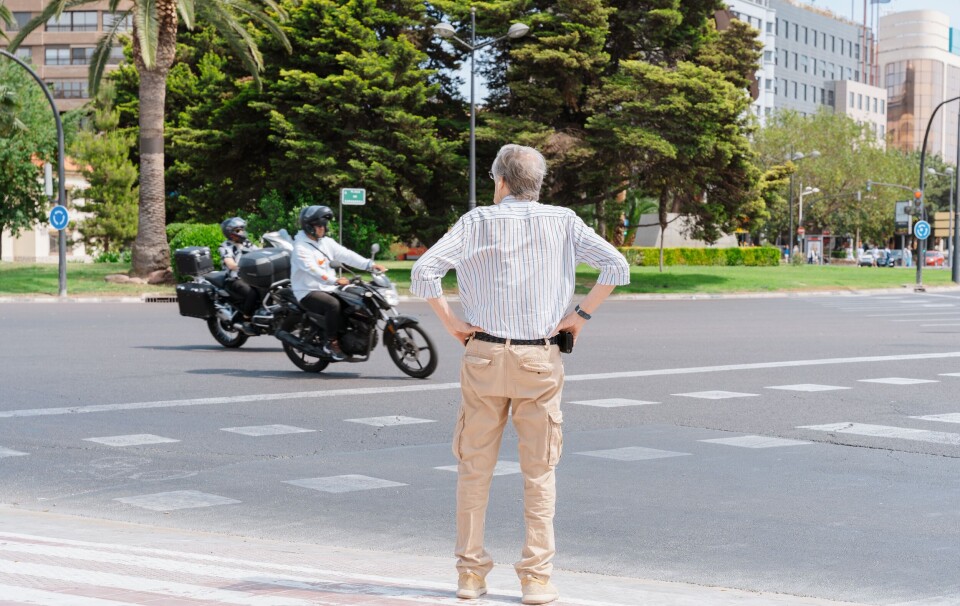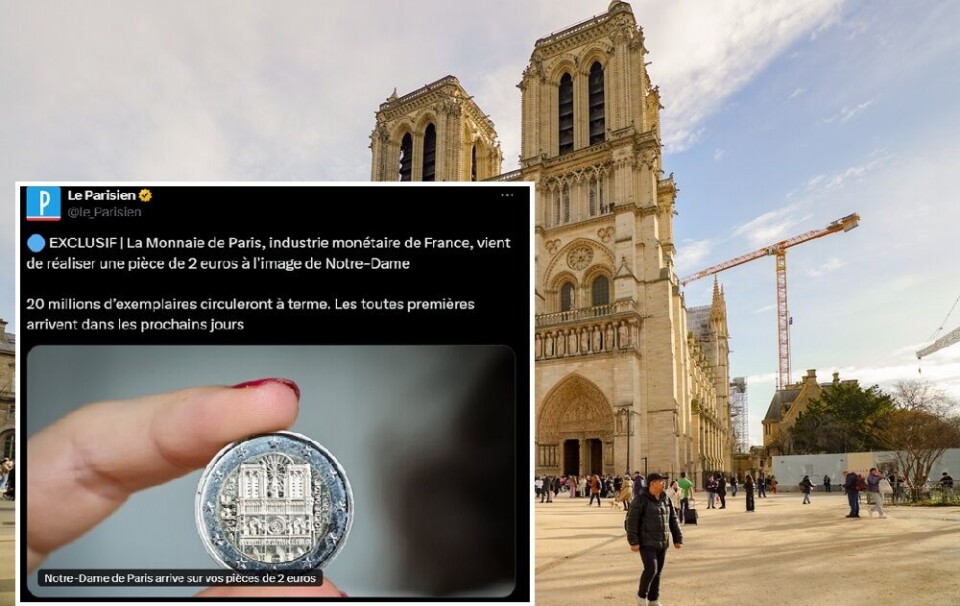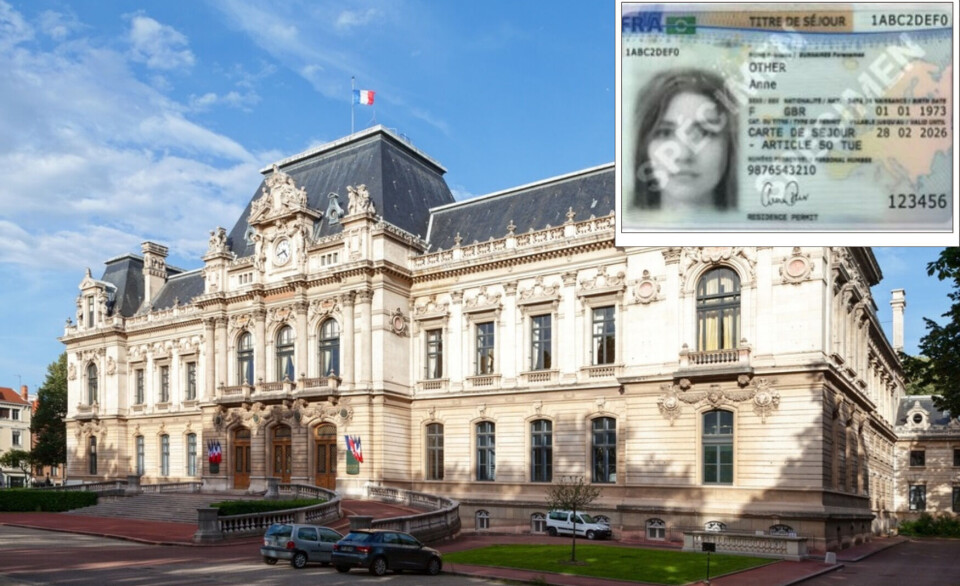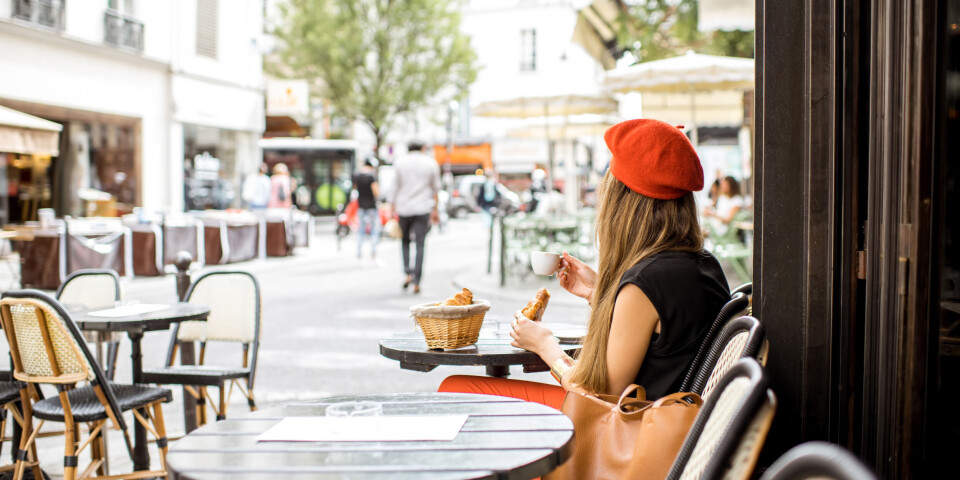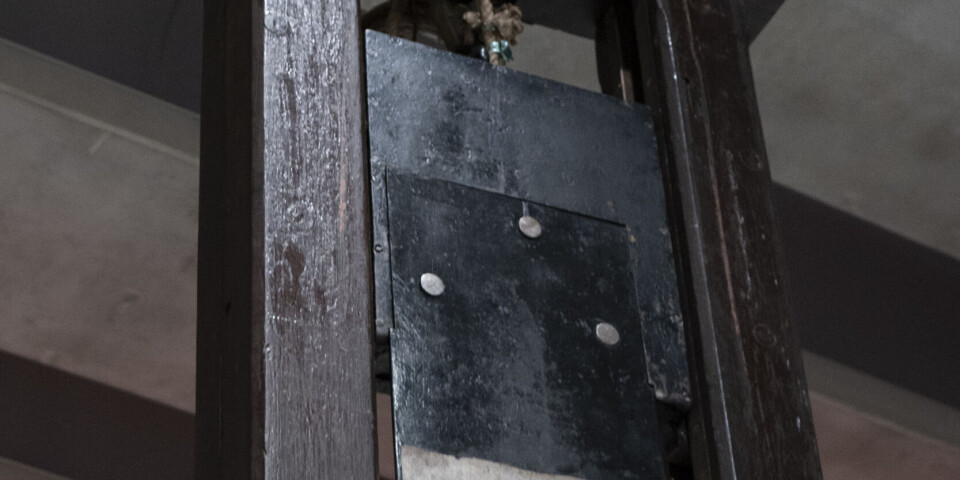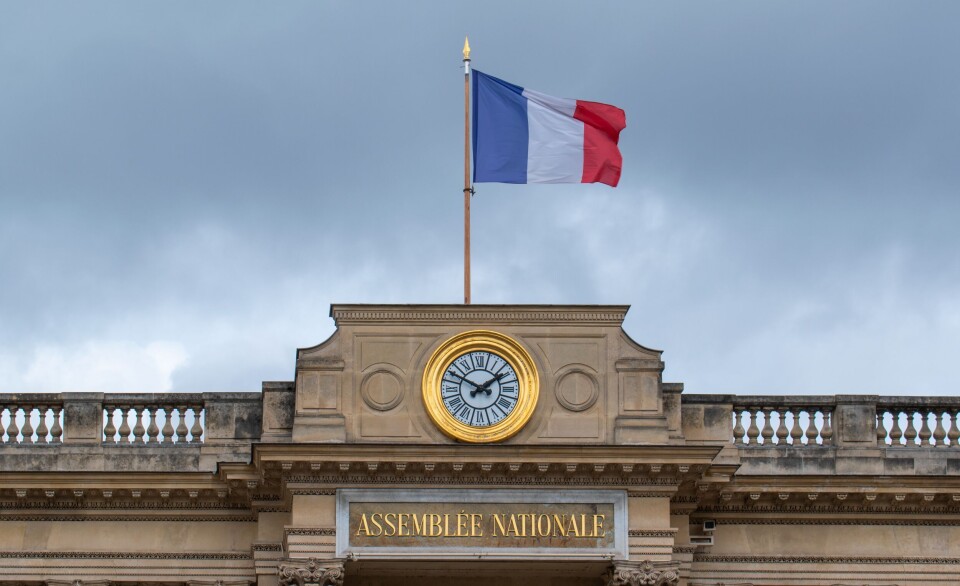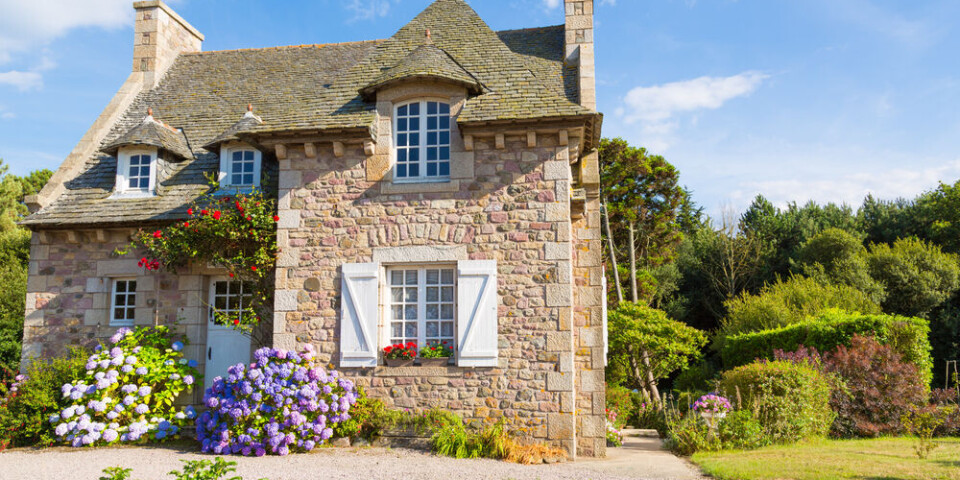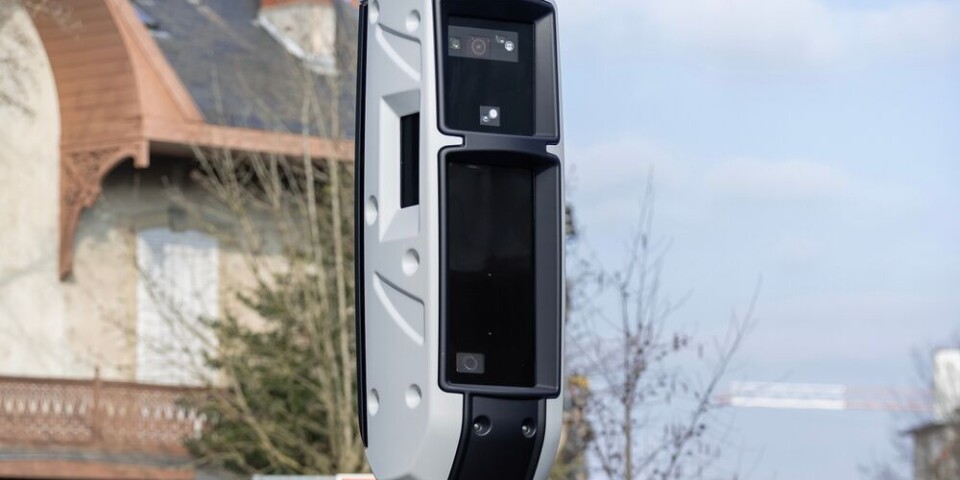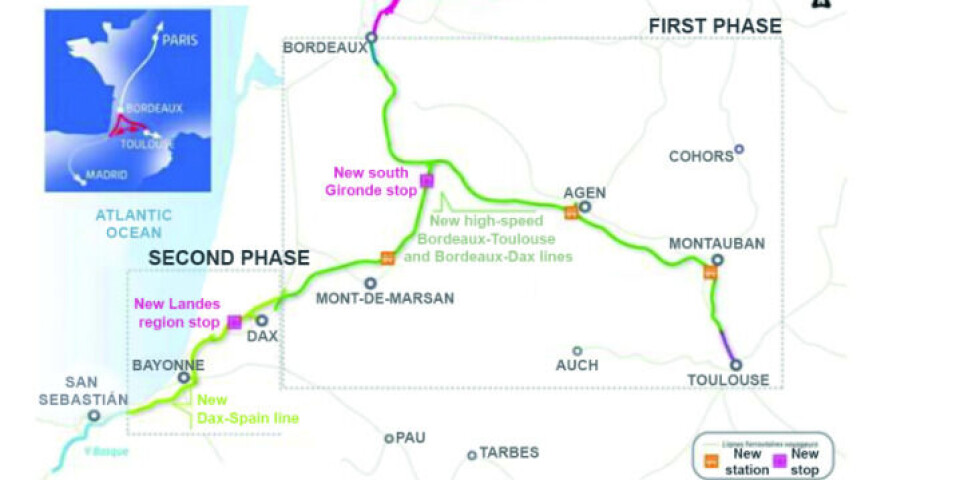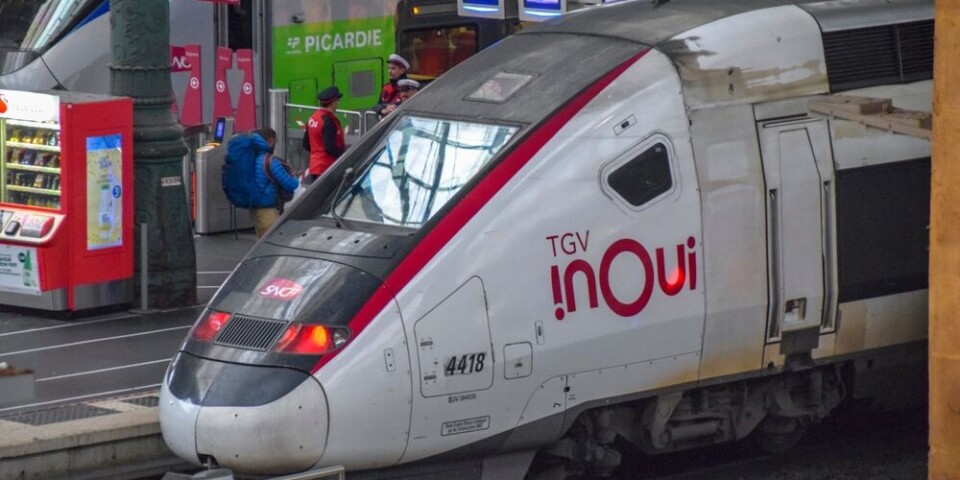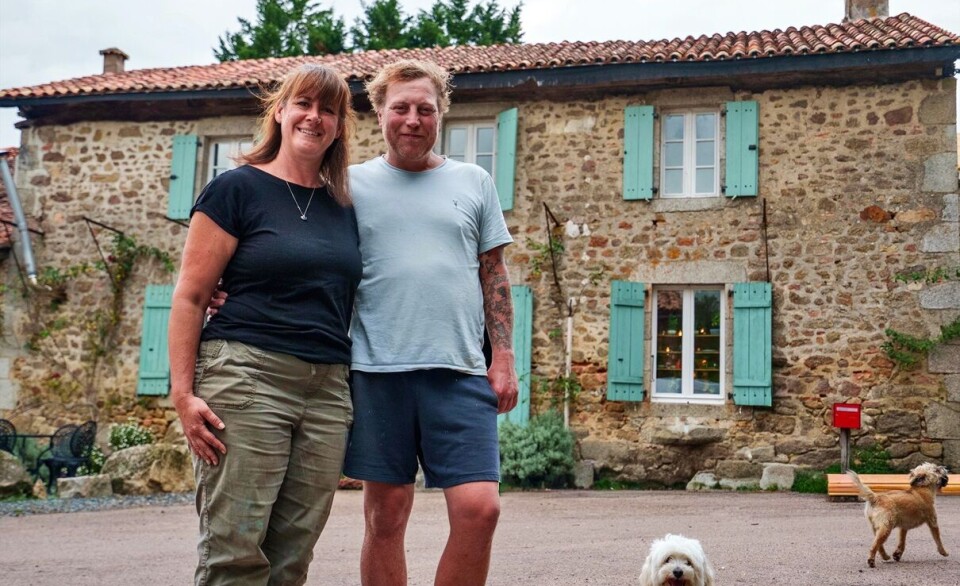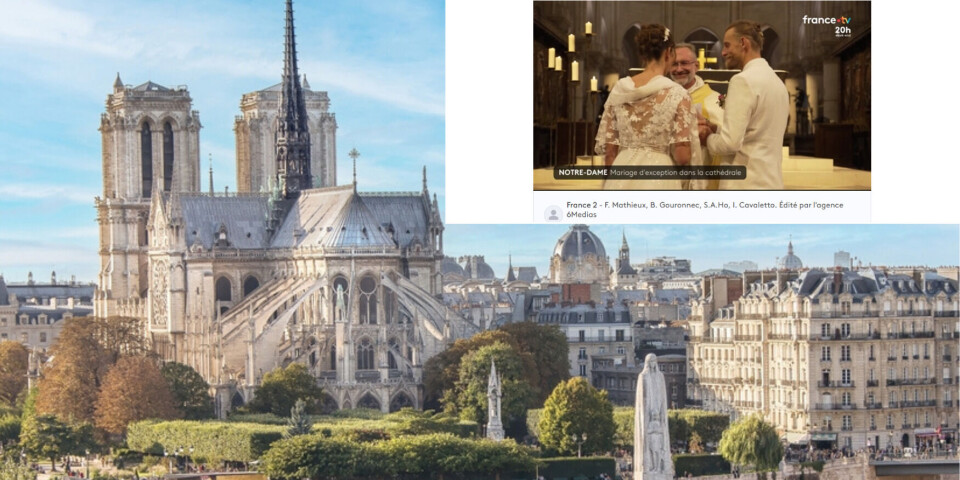-
379 million views and counting for Paris flashmob Bohemian Rhapsody performance
‘We add to the charm of Paris with our performances’, the French creator says
-
Fruits of success: the rise of trompe-l’oeil cakes
We explore the growing French pâtisserie trend for lookalike sweet treats
-
Classic French recipe with an exotic twist: caramelised onion soup
A dish inspired by the travels of two Paris chefs
Now get out of that: how escape games broke out
Every edition we assess an emerging aspect of French zeitgeist. This month: clue-finding immersive experiences, by Jane Hanks

Getting locked into a room for an hour and working out the clues to escape is a game which has become very popular throughout France in a very short period of time.
The first Escape Game in France was HintHunt which opened in Paris in 2013 and has seen more than 500,000 players pass through its doors. It now has eight rooms in which teams of three to five players can play one of four games.
You can choose between freeing a wrongly convicted man of murder, find a submarine lost in the ocean, navigate a pirate ship in search of treasure or find a fortune hidden in a Japanese apartment.
The French use the English name as the French, Jeu d’Evasion Grandeur Nature is a bit of a mouthful.
The room in which you play is decorated in the style of the universe in which your game takes place. It is full of objects either in full view or hidden and there are different types of clue. You may have to decode an alphabet or find a number or put objects together to find a solution. These games are designed to be played in a team with everyone working together to solve the puzzle.
A game-master will follow your progress via a video link, and can give you hints if he or she sees you are struggling. Teams do not always manage to resolve the enigma, but of course they are allowed to escape from this fantasy world.
The concept began in Japan and Hong Kong around 2005 and was influenced by video games, but an Escape Game does not work with screens. You play with tangible objects.
The leader in France is Escape Yourself, which has Games Rooms in 22 cities and plans more for 2019. It opened its first one in Tours in February 2015 and its success has allowed it to rapidly expand. Spokesperson for the company, Bertille Debiais, says she thinks the team element is key to its popularity: “I think people are looking for an activity they can do together. Many have played video games but it is often a solitary activity and this gives the chance to play together.”
She says most players are aged between 25 and 40, though they have games suitable for all ages, and opportunities for families during the school holidays. There are different levels of games and the hardest ones are so difficult that only around 30% succeed.
It is not a cheap pastime with prices at Escape Yourself at €20 an hour per person in a team of four, during off peak.
Their new line is a virtual escape game, called Nautilus (pictured). The players are given a lightweight computer which they carry on their back plus a virtual reality headset and controllers. The game lasts 40 minutes. Mrs Debiais thinks this type of game will certainly be developed: “With Escape Yourself, we wanted to offer our players a new kind of experience. Now, with virtual reality, the players can become immersed in universes which are difficult to reproduce in terms of physical décor.”
Another area where escape games are developing is in tourism. Escape Yourself has created games linked to historic sites such as the Château d’Amboise, Indre-et-Loire and Abbaye de Fontevraud, Maine-et-Loire, where the players have to find a sceptre belonging to Richard the Lionheart. There is even an Escape Game Spirits at a Cognac producer at Ségonzac.
In Sarlat, Dordogne, Alexandre Garland has developed a game based on the history of Sarlat in a 15th century tower. He started two years ago: “All this summer we were fully booked. I think people love the idea because it is one of the rare moments when they can be with their friends or family in a space where all their concentration is on playing a game together.





